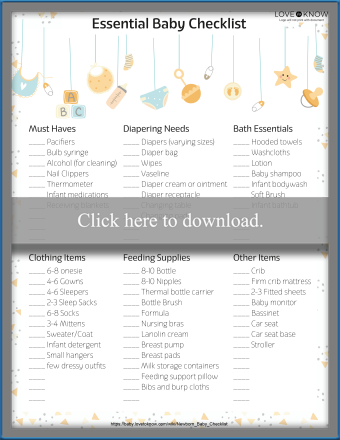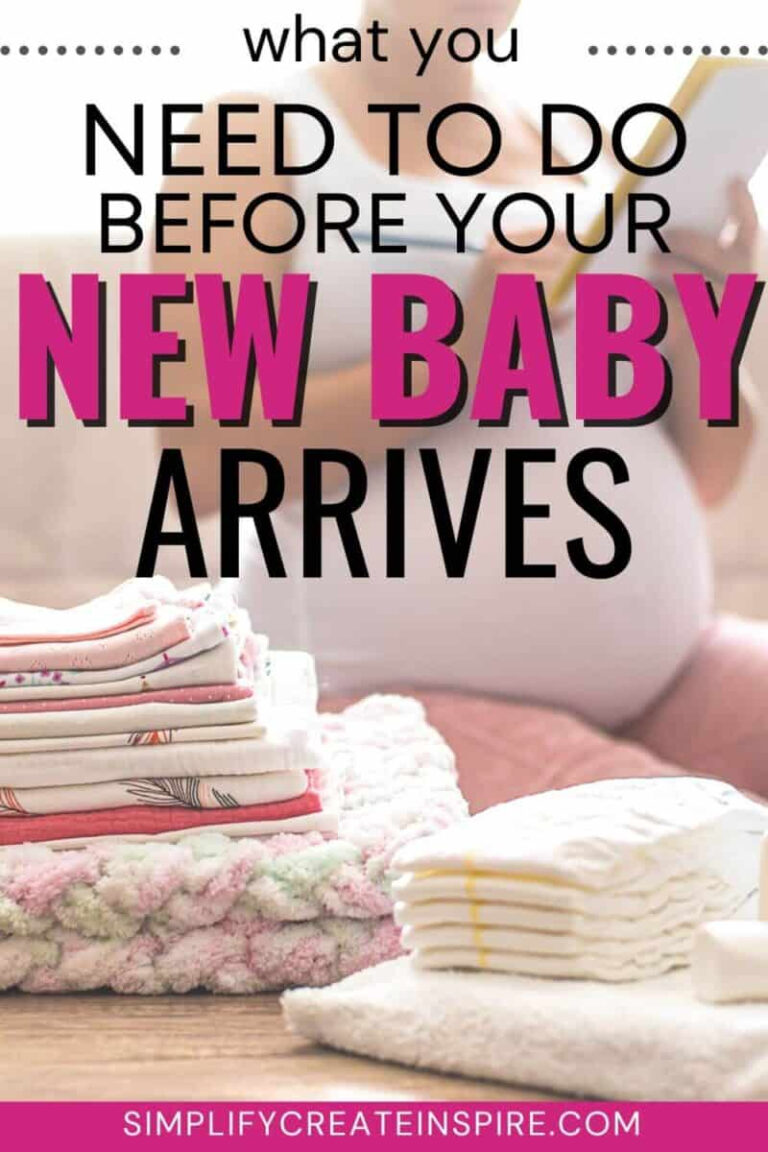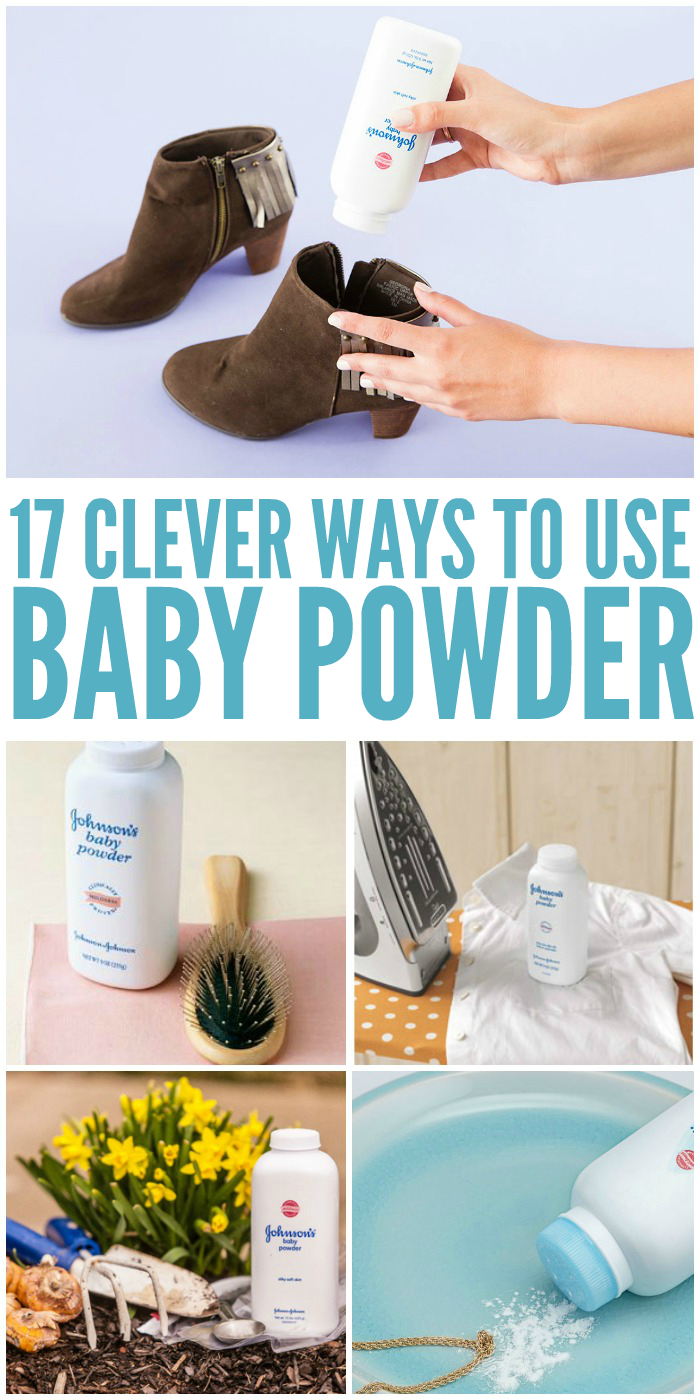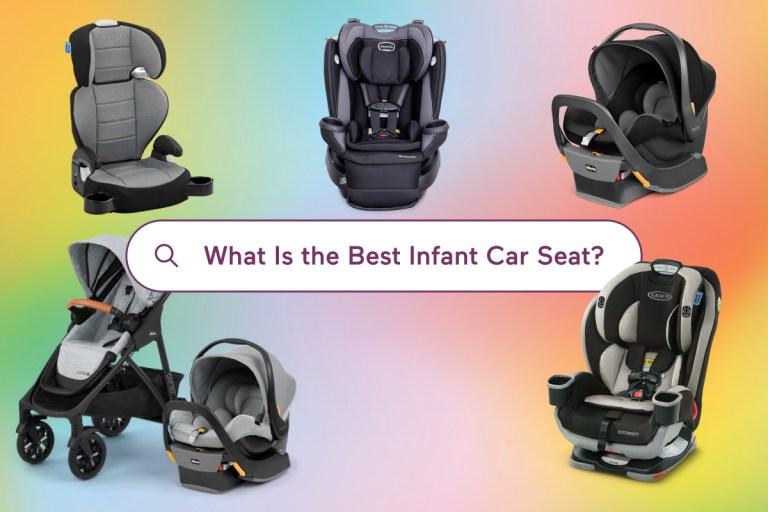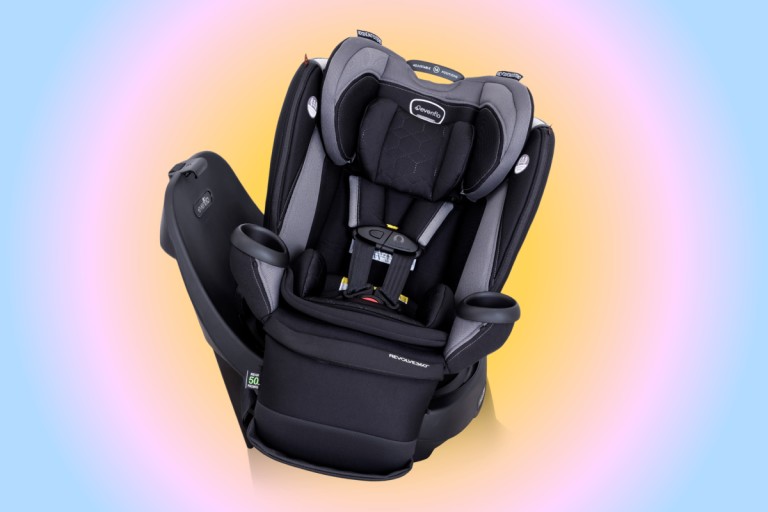How To Tell If A Baby Is Teething
Are you a parent or caregiver wondering if your little one is teething? It can be a challenging time for both the baby and the adult, but understanding the signs and symptoms of teething can help you navigate this phase with ease. In this article, we will explore how to tell if a baby is teething and provide you with valuable insights to make this process smoother for everyone involved.
Knowledge
Teething is a natural process that all babies go through as their first set of teeth start to emerge. It usually begins around 6 months of age, but it can vary from one child to another. Some common signs that your baby is teething include:
One of the most common signs of teething is excessive drooling. If you notice that your baby’s bibs or shirts are constantly wet, it could be a clear indicator that their teeth are on the move.
Teething can be uncomfortable for babies, leading to irritability and fussiness. If your little one seems more cranky than usual or has trouble settling down, teething could be the culprit.
Babies often feel relief from the pressure of teething by gnawing or chewing on objects. If you notice your baby putting everything in their mouth or biting down on their toys, it could be a sign that they are teething.
Teething can cause the gums to become red, swollen, and tender. You may notice that your baby’s gums look more inflamed than usual, which can be a clear indication that they are teething.
Teething can disrupt your baby’s usual eating and sleeping routines. They may refuse to eat certain foods, have trouble sleeping, or wake up more frequently during the night due to discomfort.
Some babies may experience referred pain during teething, leading them to pull on their ears. If your baby is tugging at their ears more than usual, it could be a sign that their teeth are starting to come in.
It’s essential to remember that every baby is different, and they may exhibit some or all of these symptoms to varying degrees. If you suspect that your baby is teething, you can provide them with teething toys, cold washcloths, or gentle massages to help alleviate their discomfort.
Conclusion
In conclusion, knowing how to tell if a baby is teething can help you support your little one through this challenging phase. By recognizing the signs and symptoms early on, you can take proactive steps to provide comfort and relief for your baby. This article is aimed at parents, caregivers, and anyone else involved in caring for a teething baby, offering valuable insights and practical tips to navigate this period with ease.
Teething is a natural part of a baby’s development, and understanding the signs can make a significant difference in how you support them during this time. By being attentive to your baby’s needs and responding with love and care, you can help them transition through teething with minimal discomfort and maximum support.

